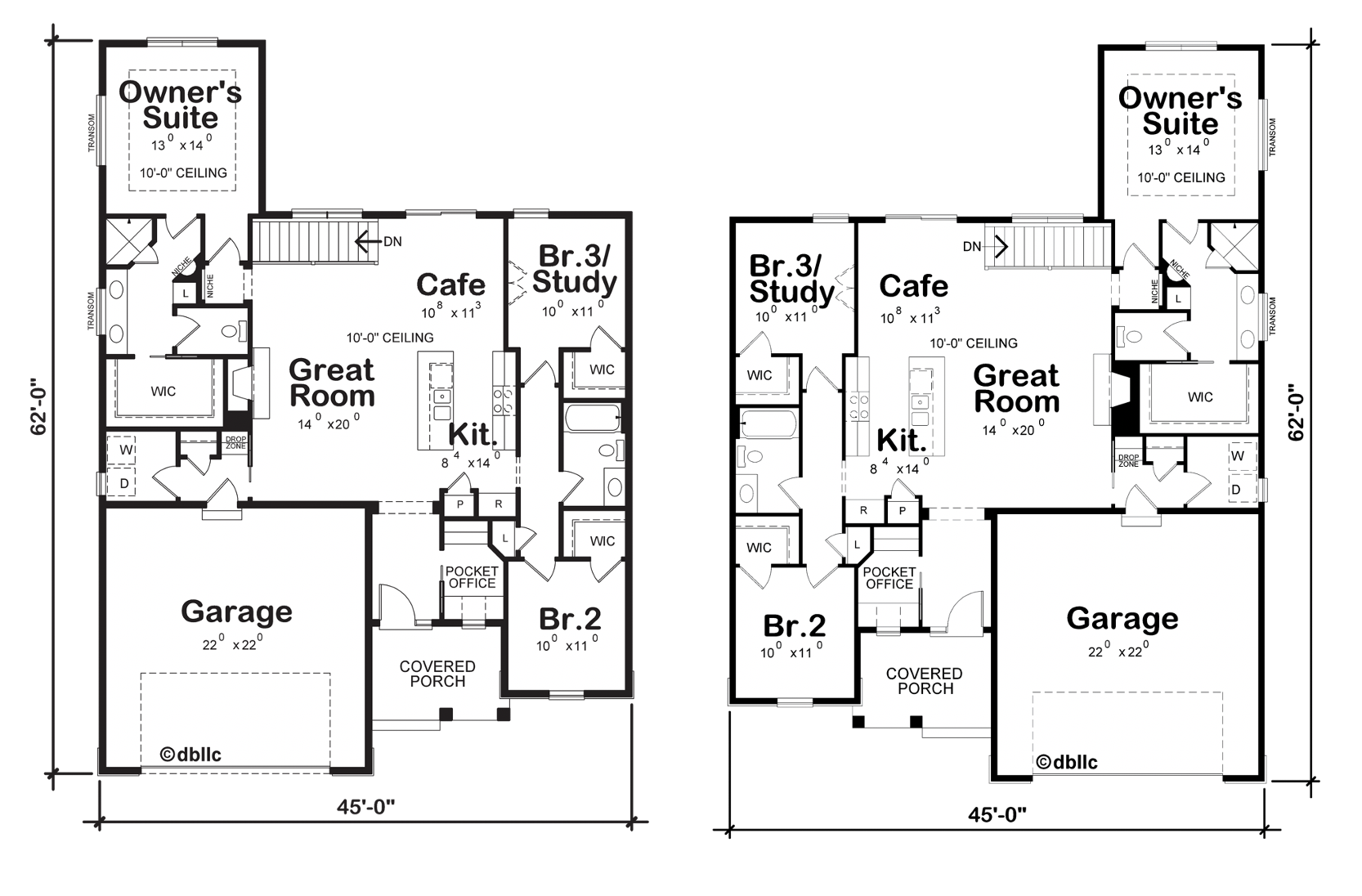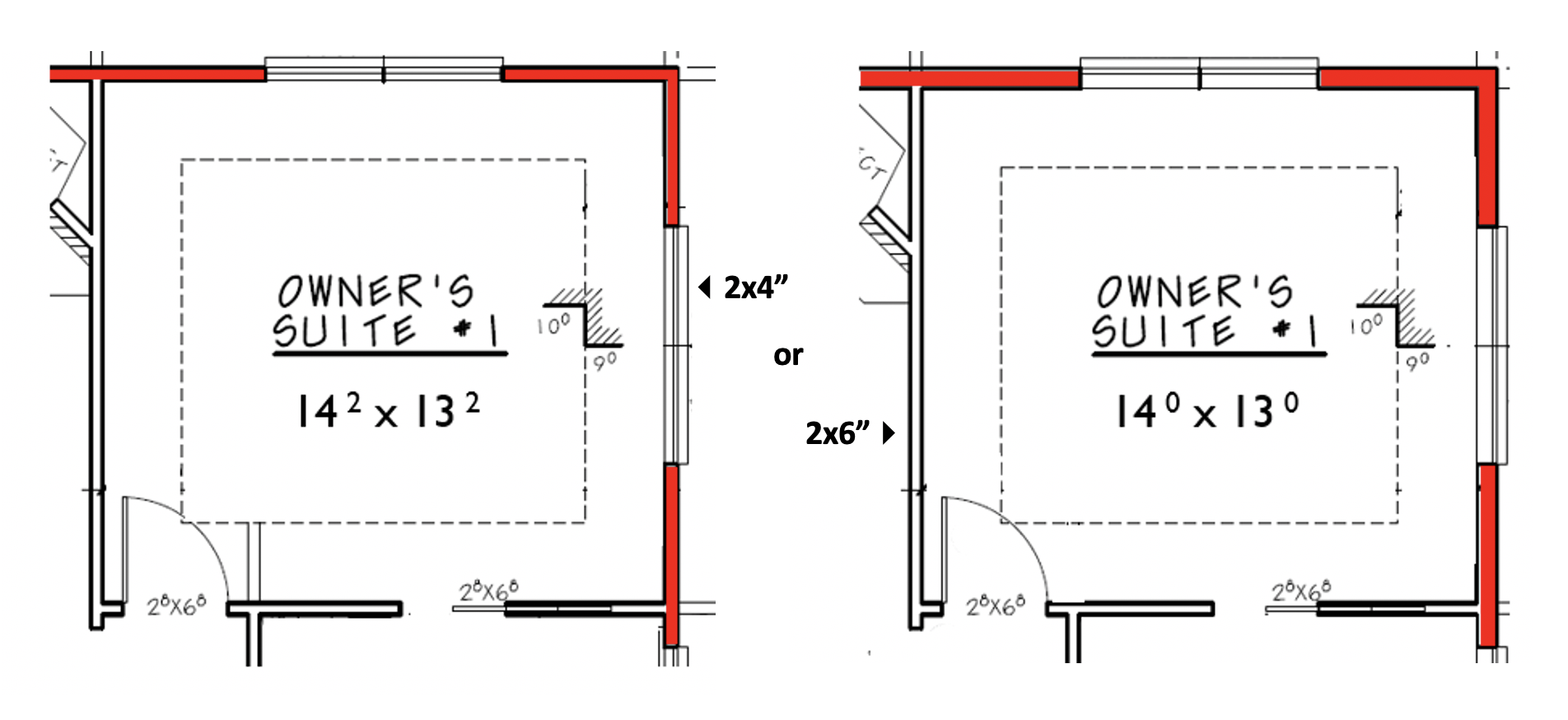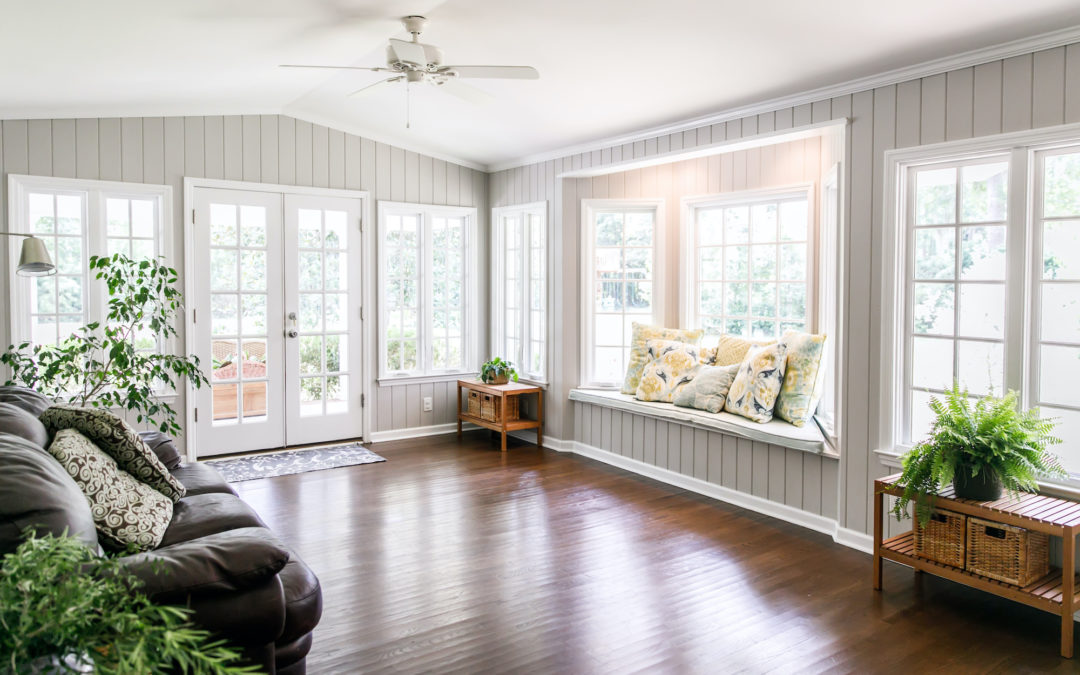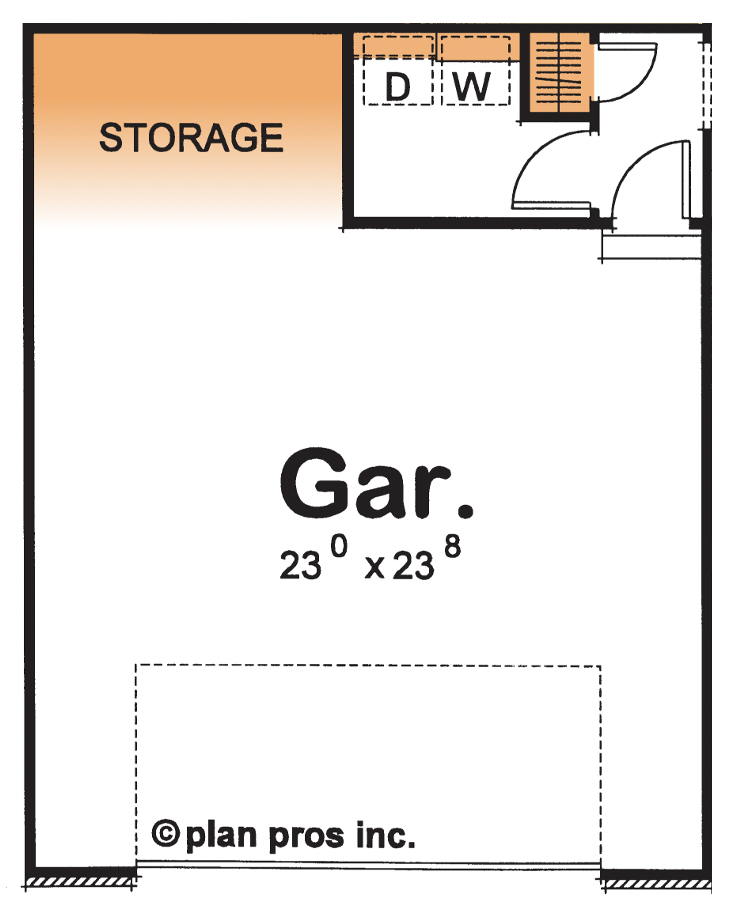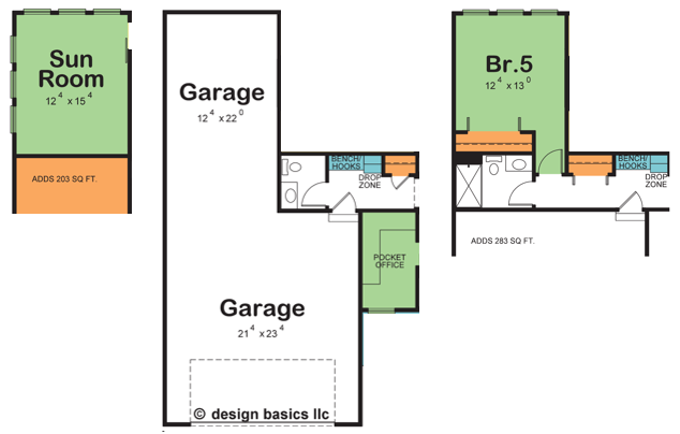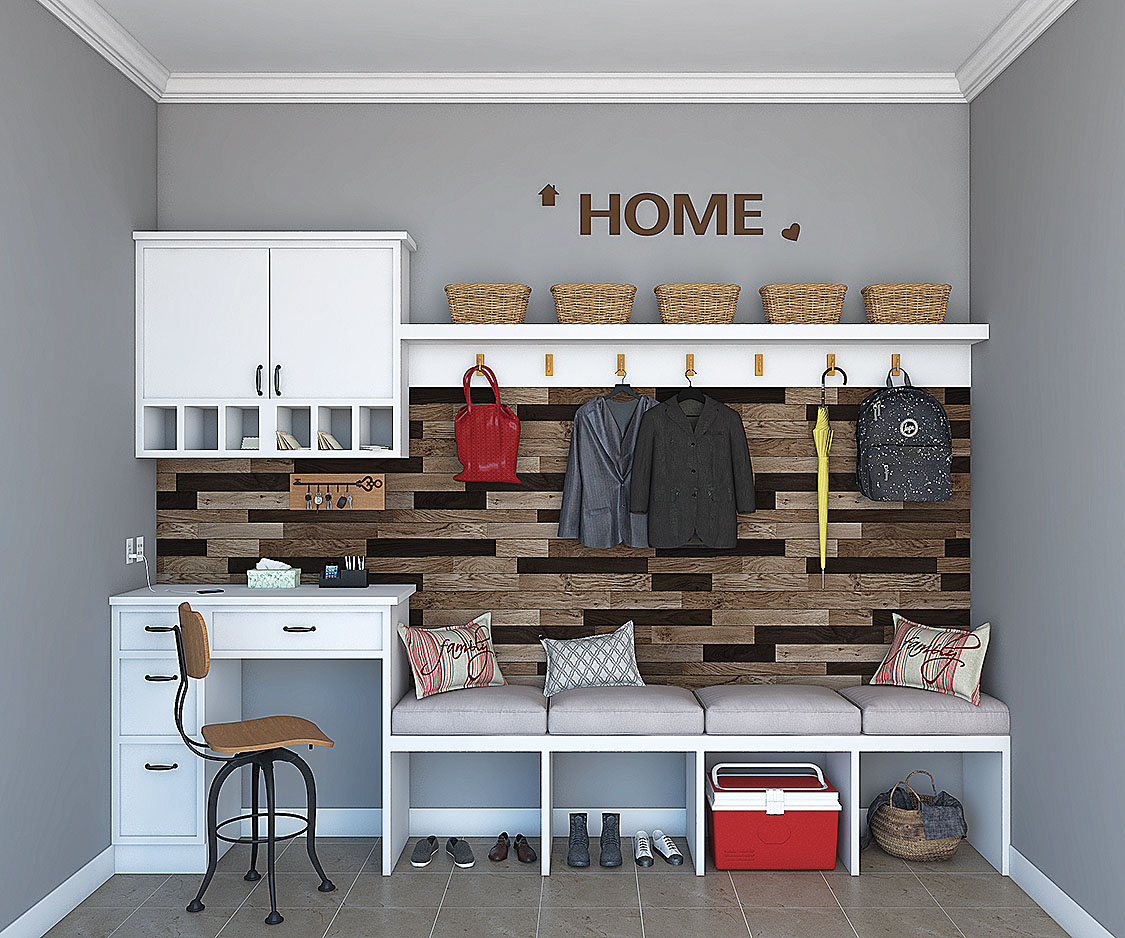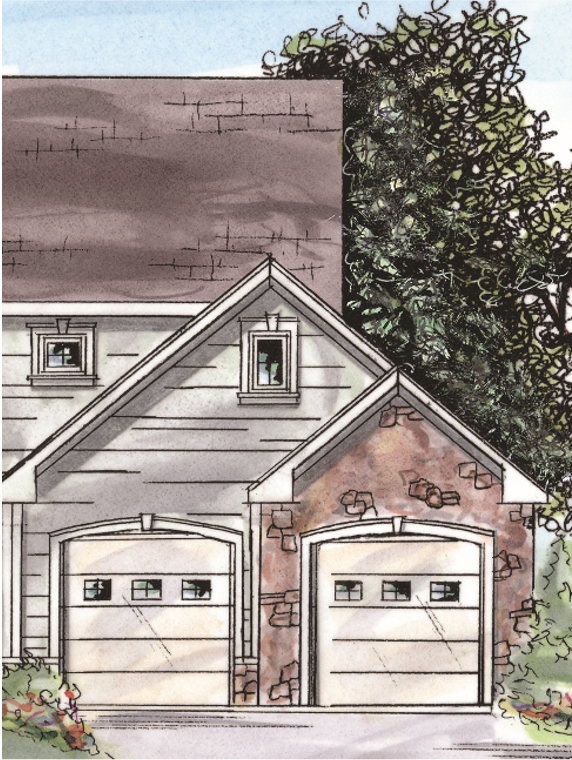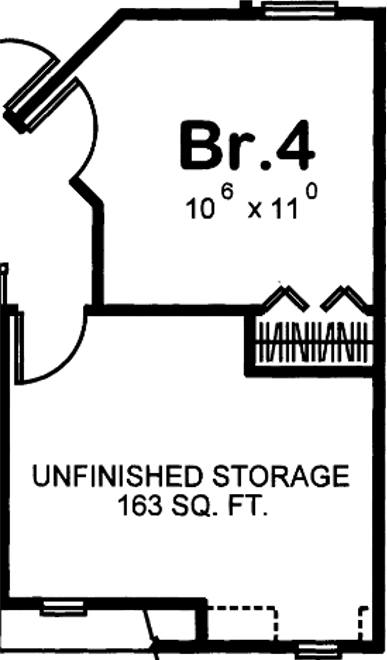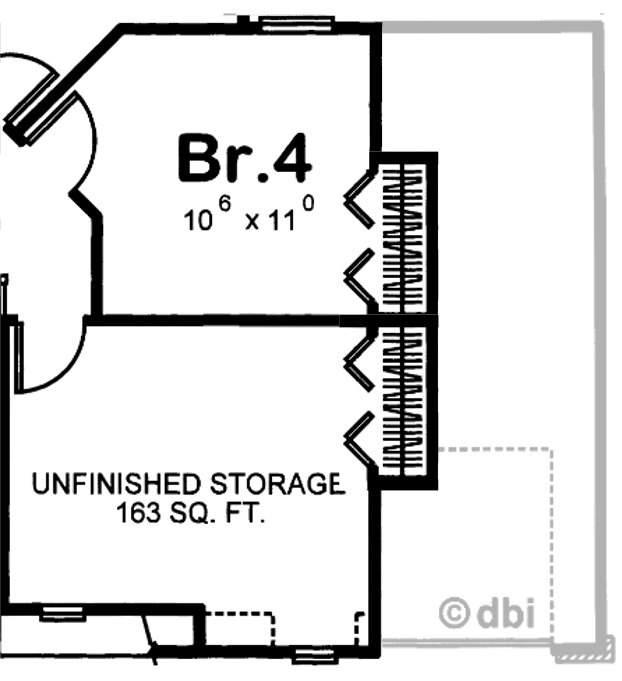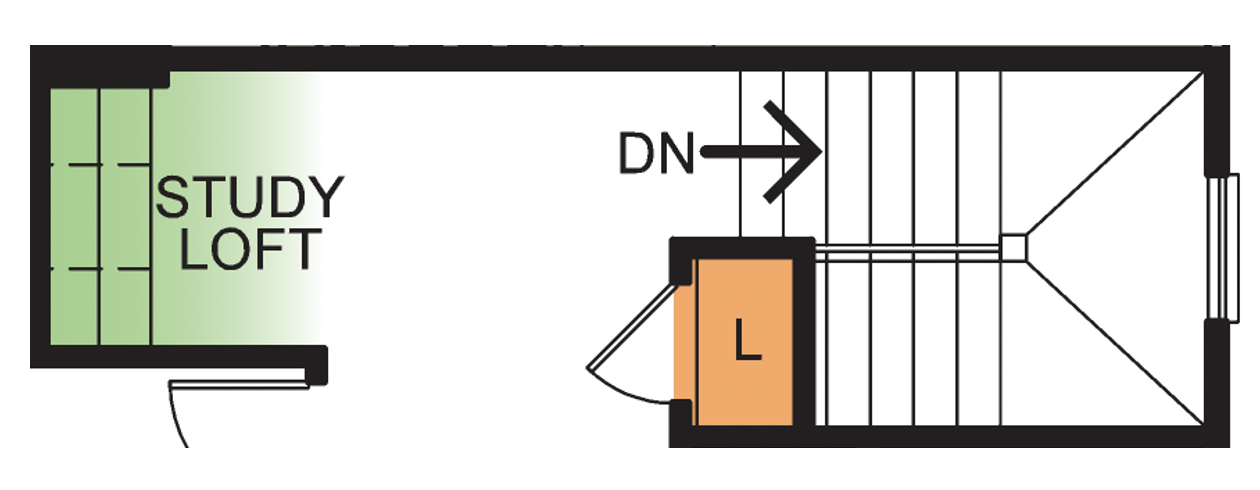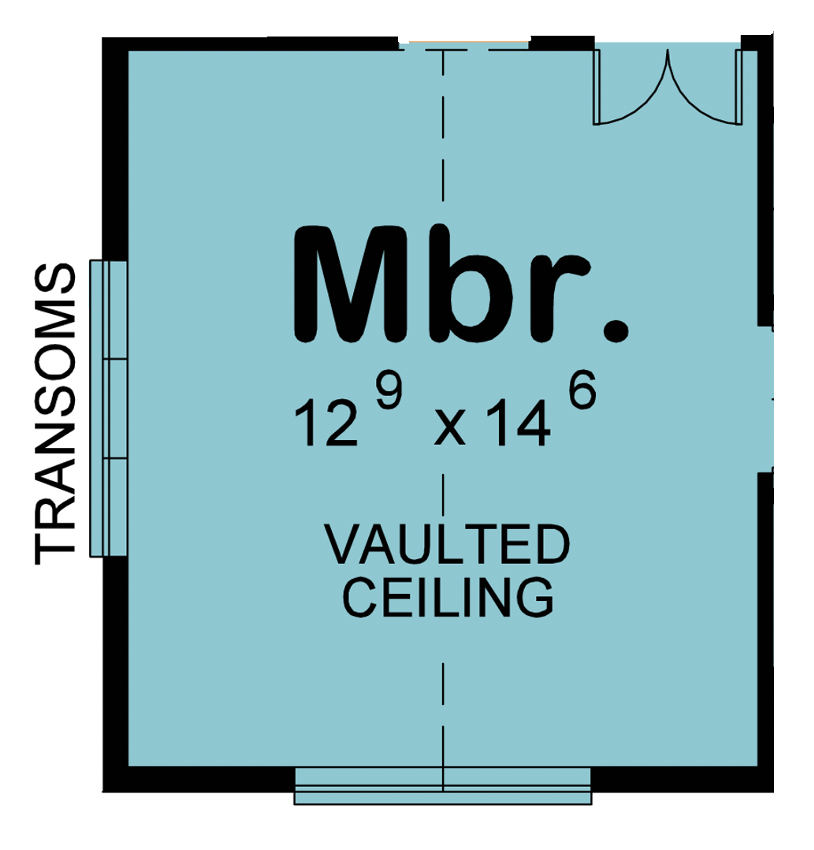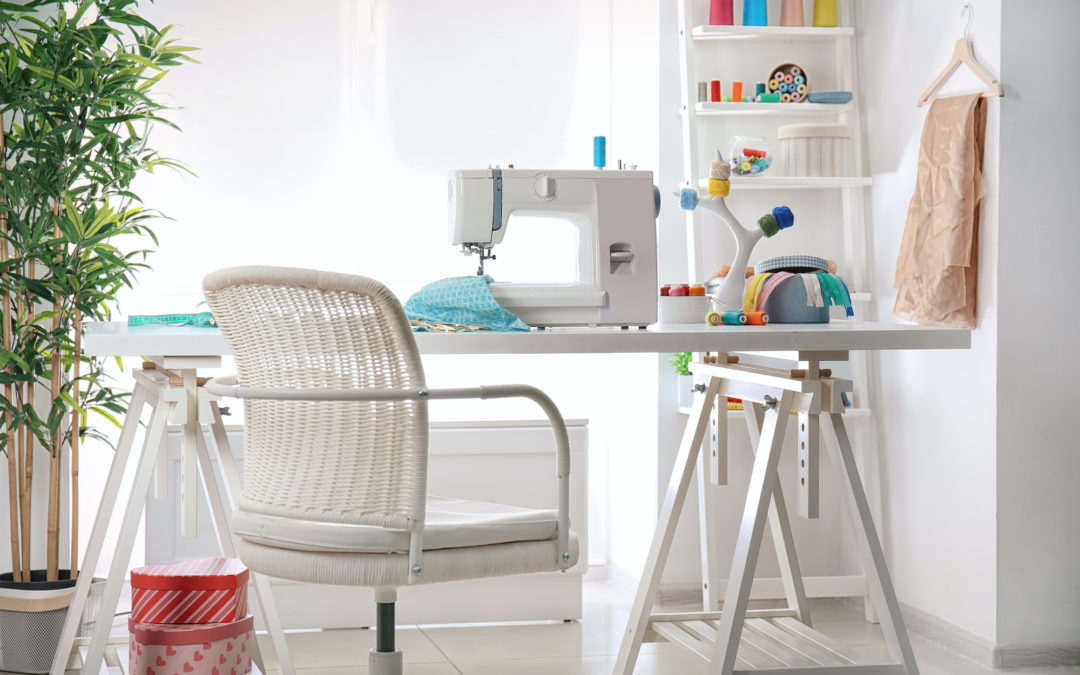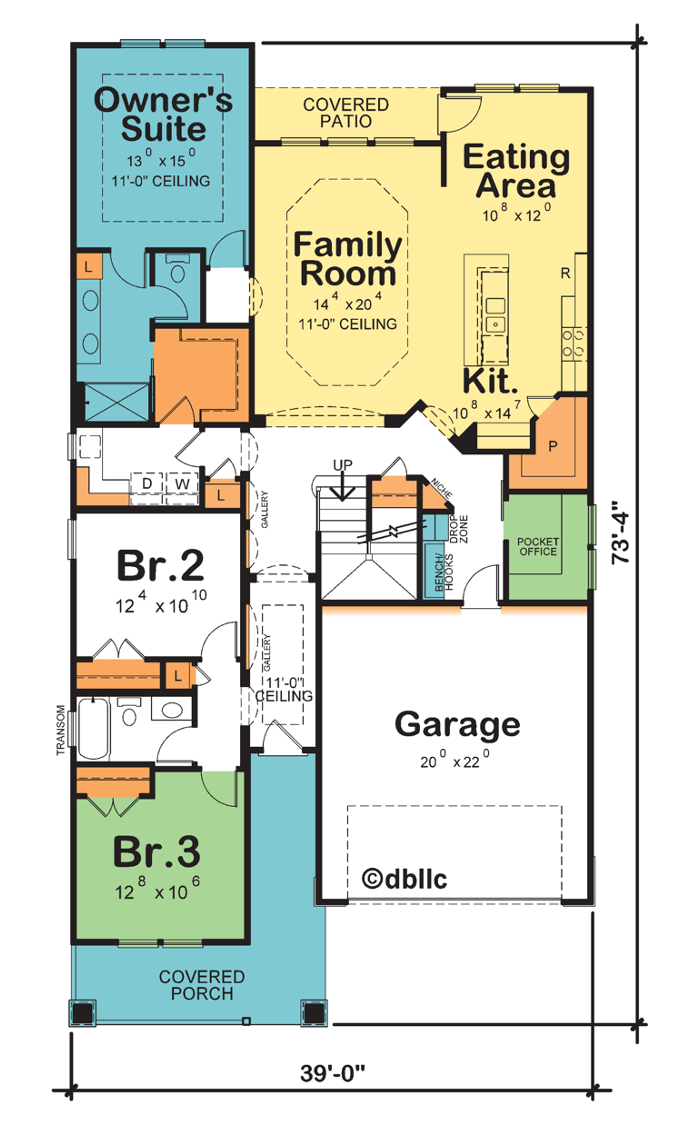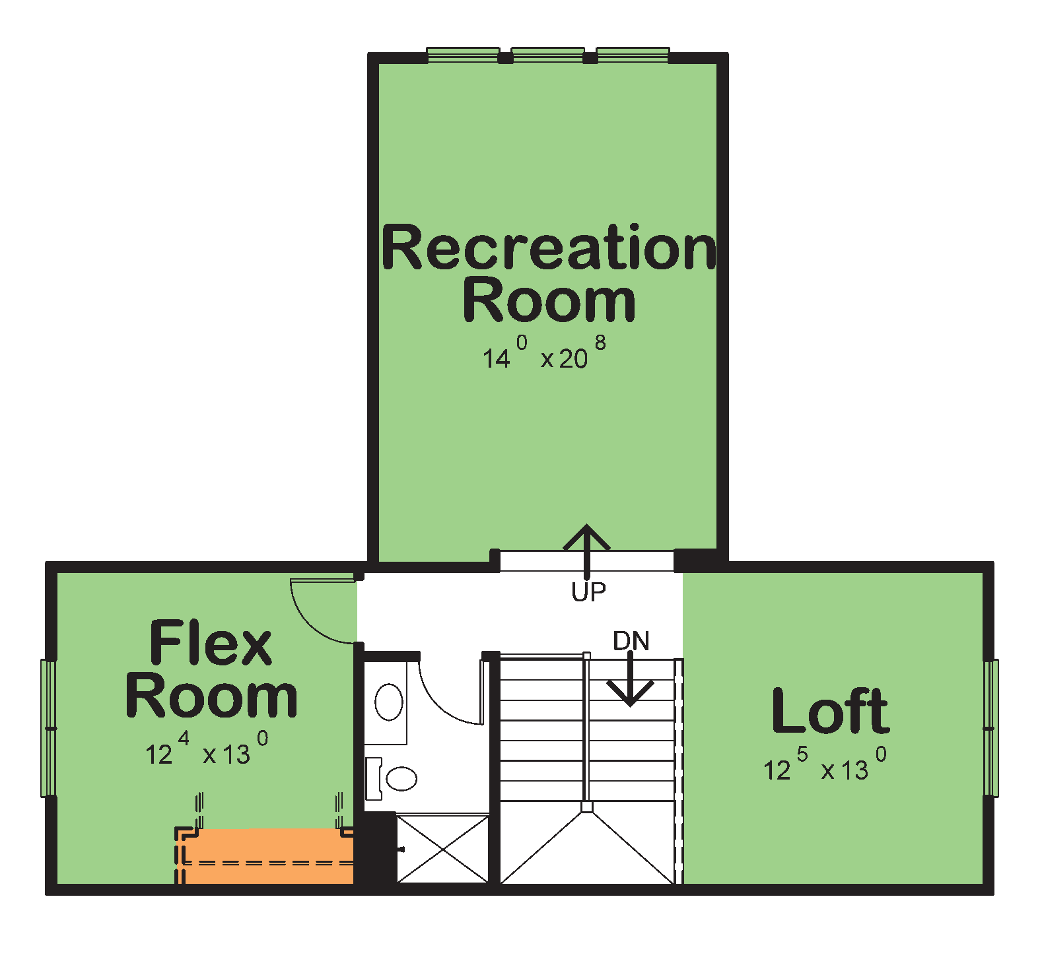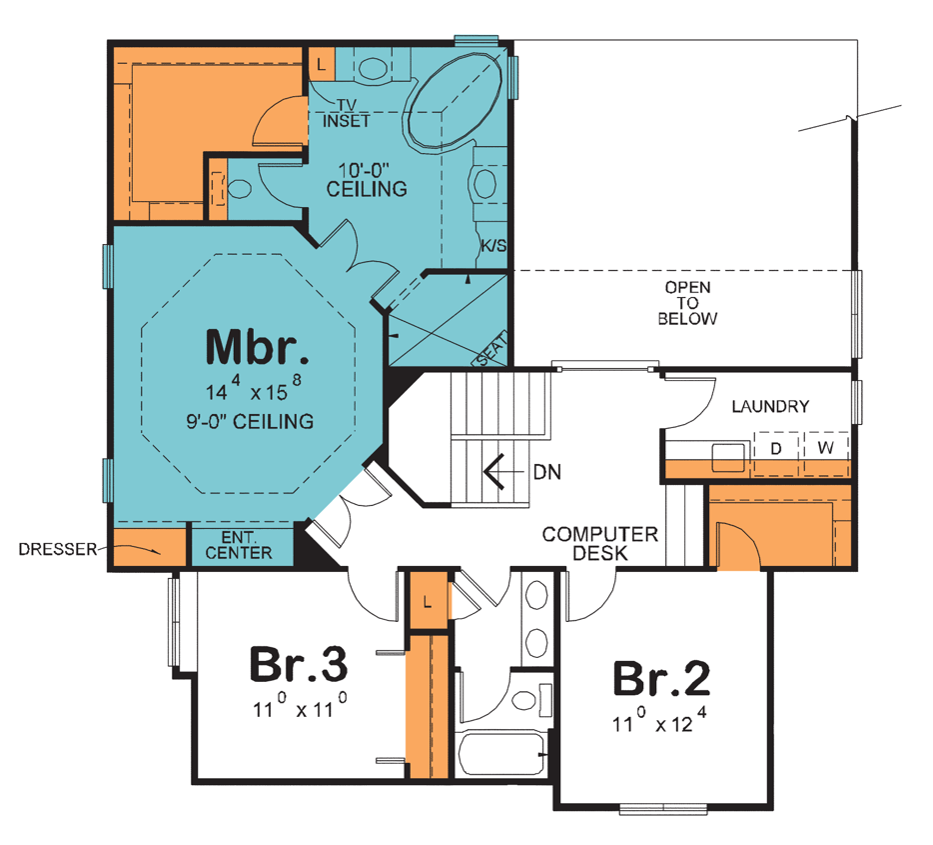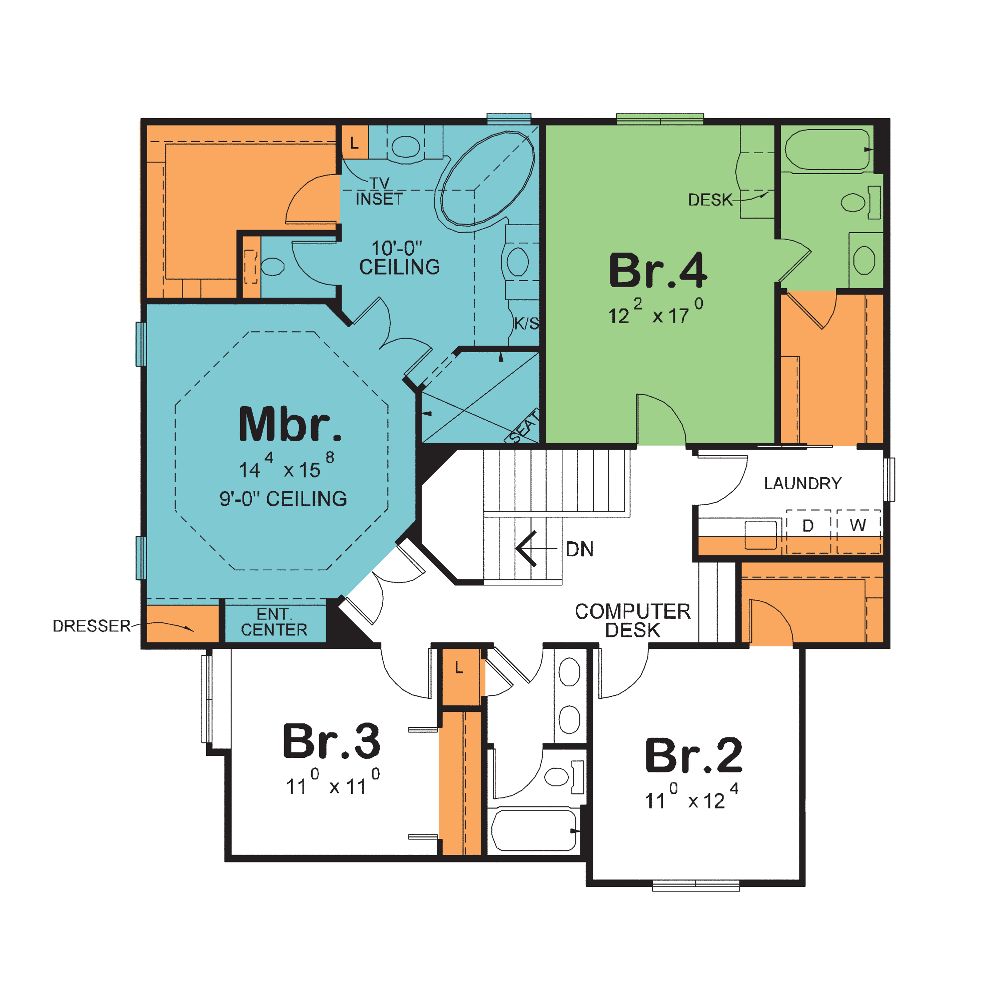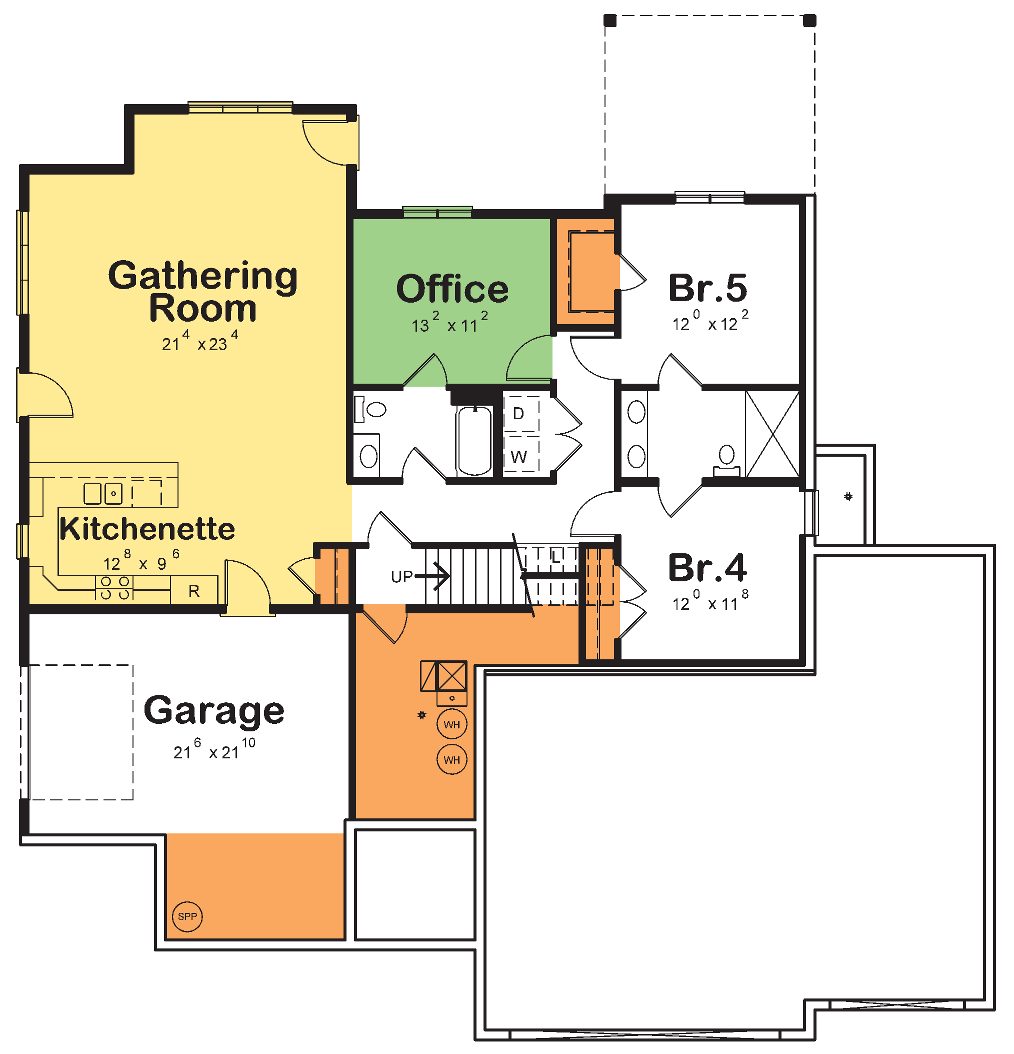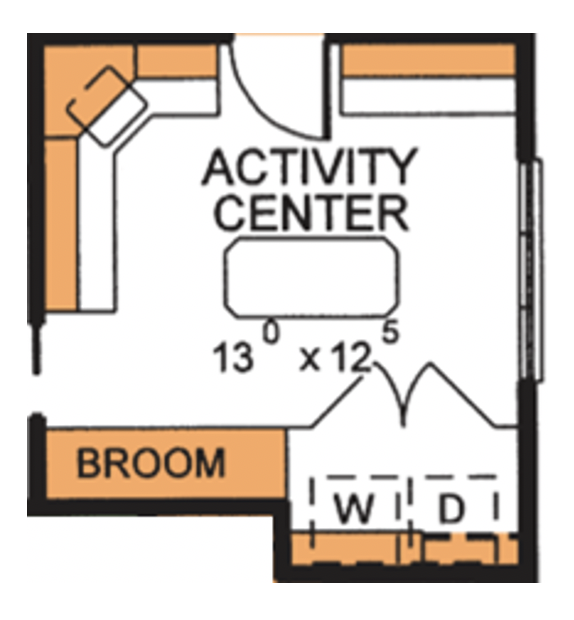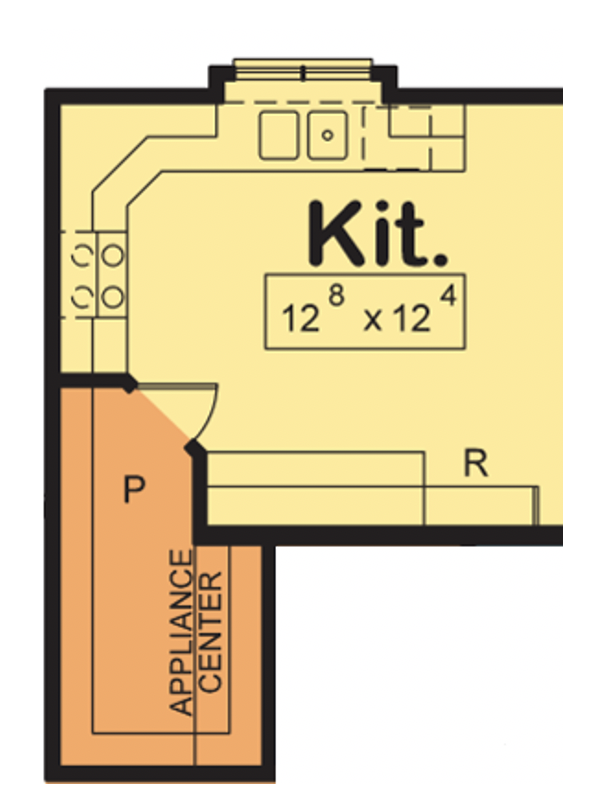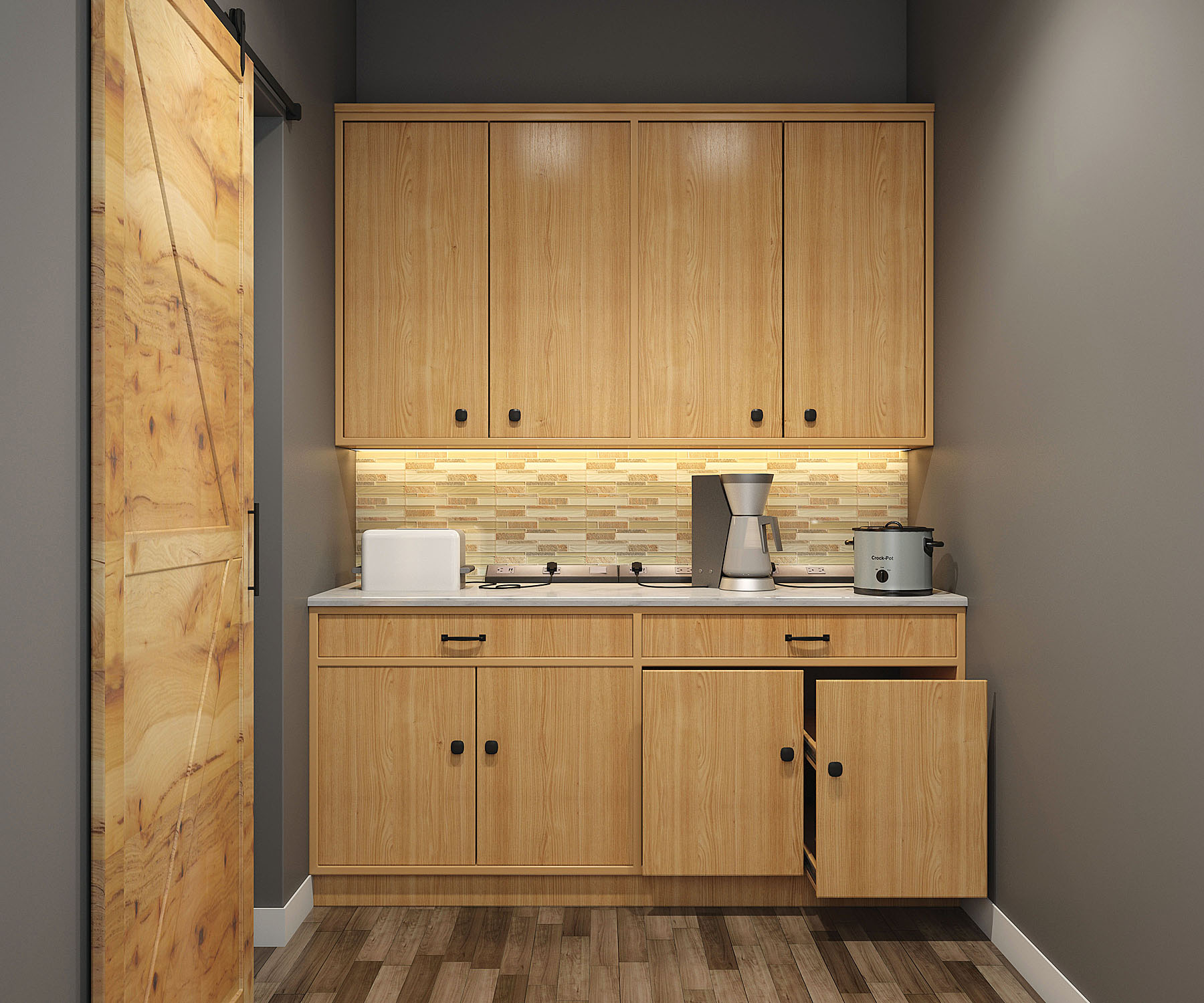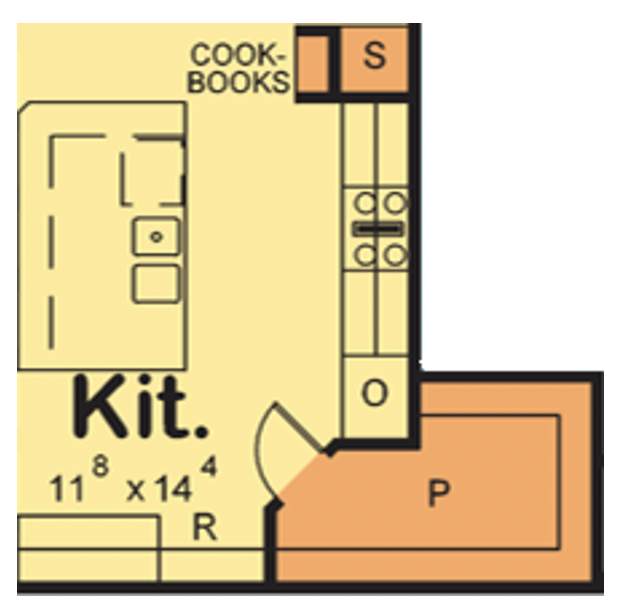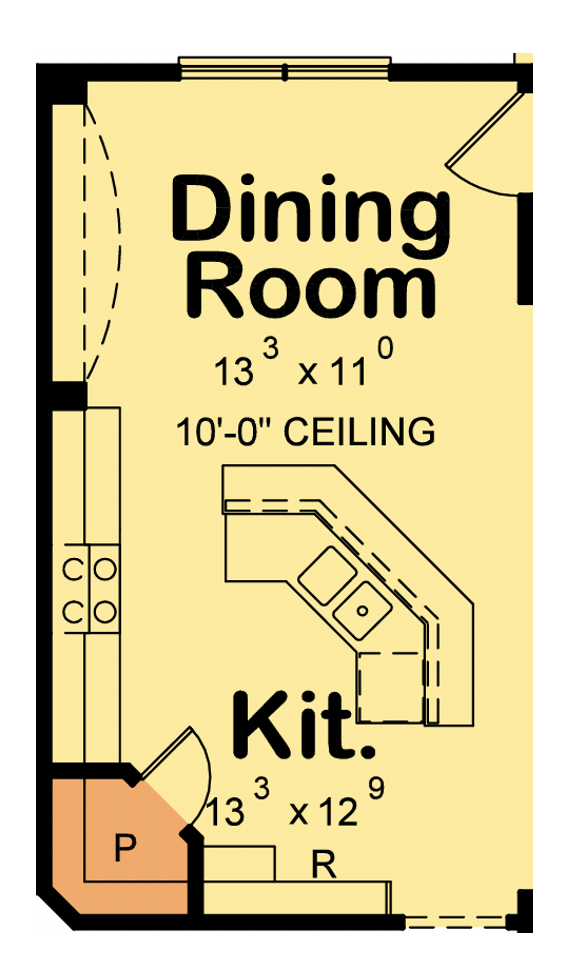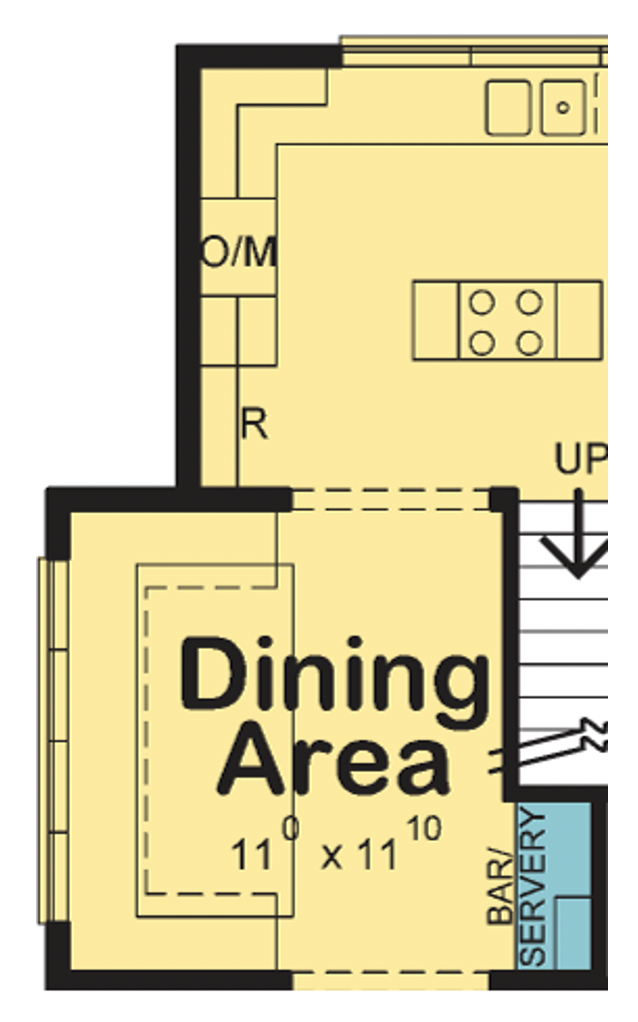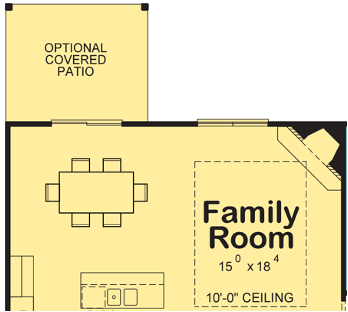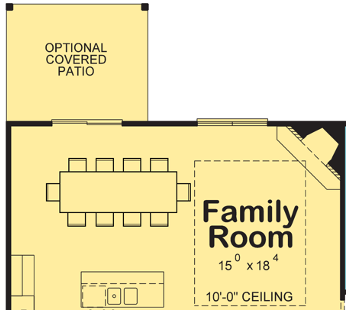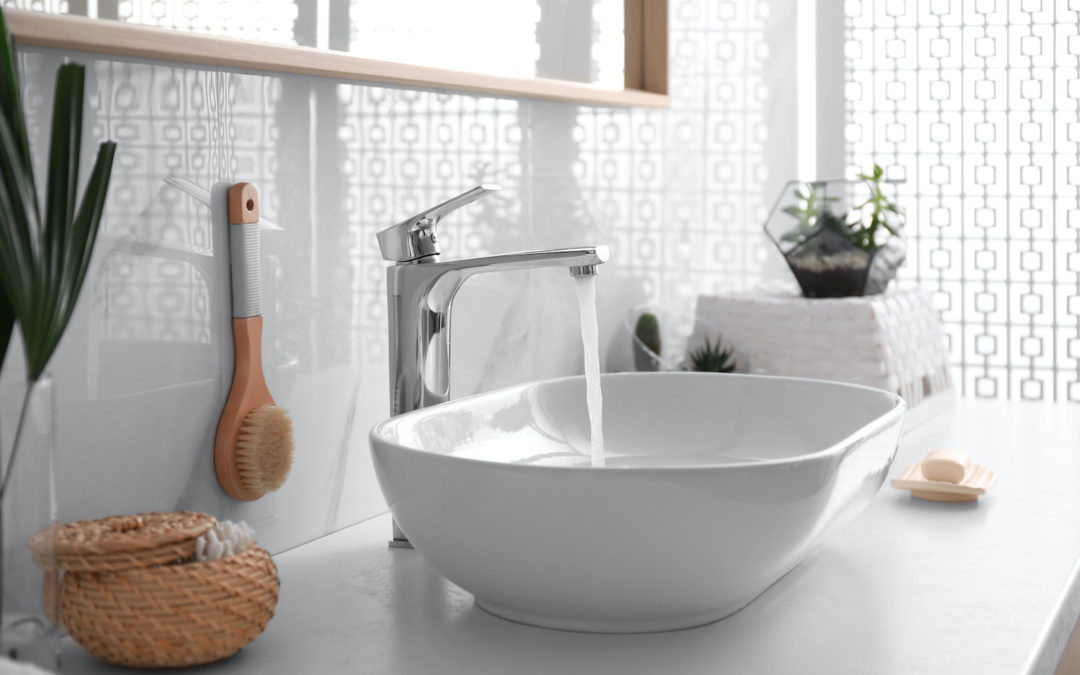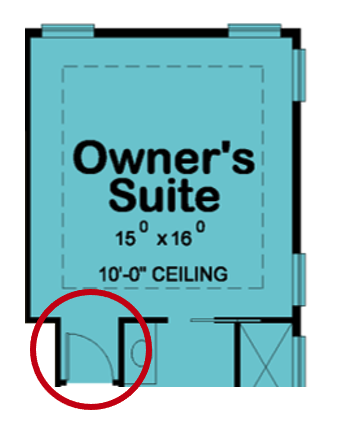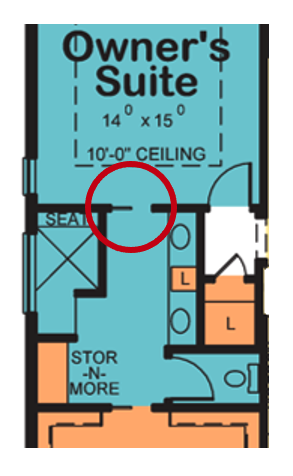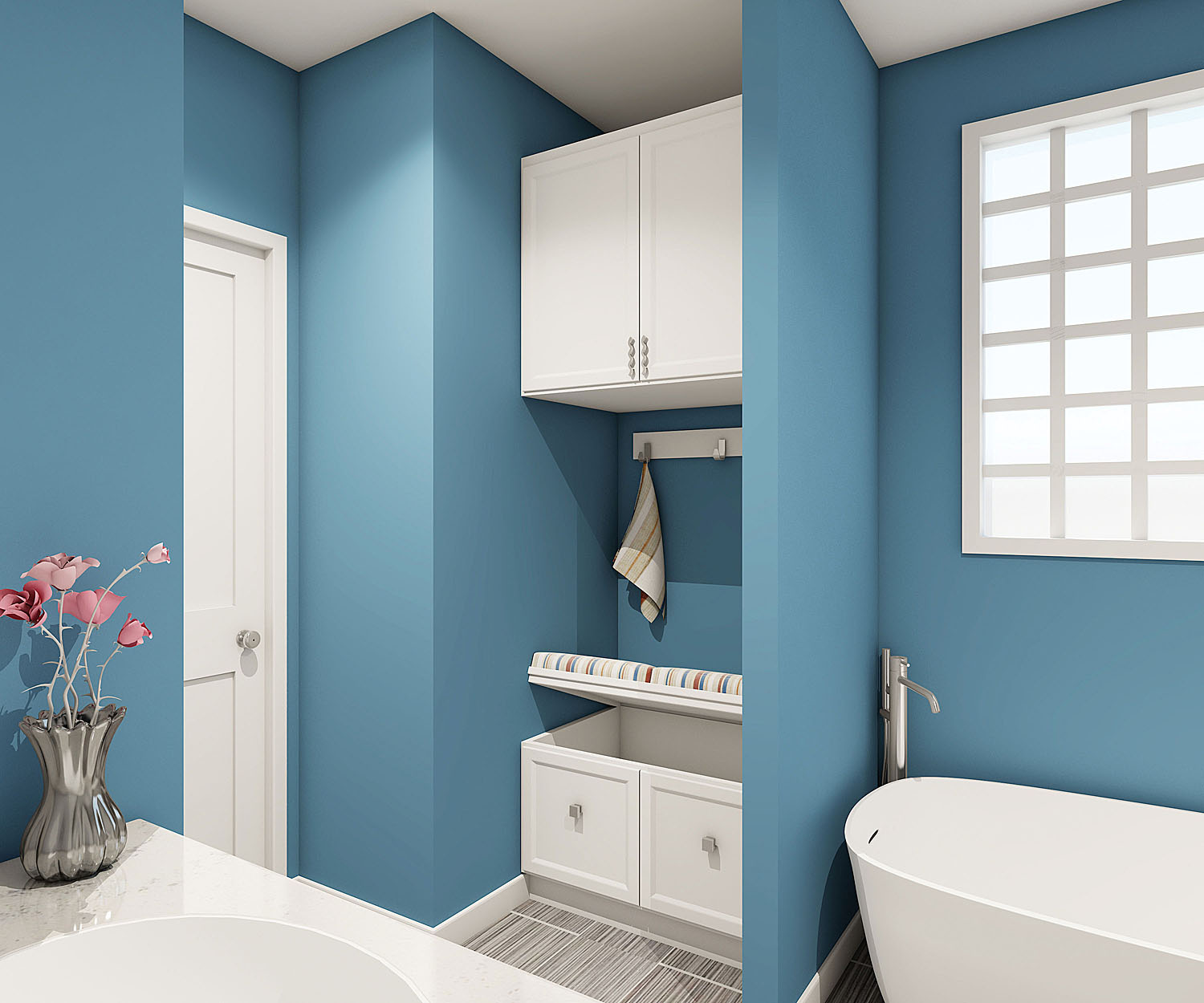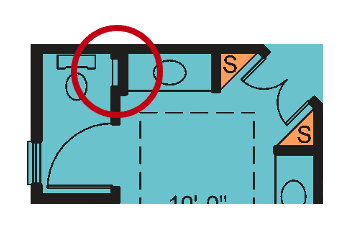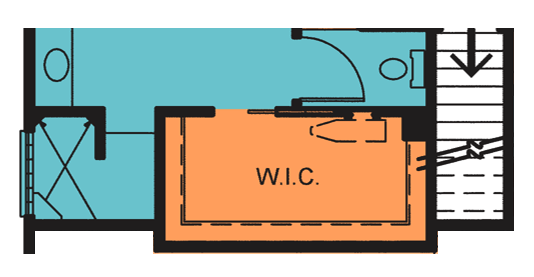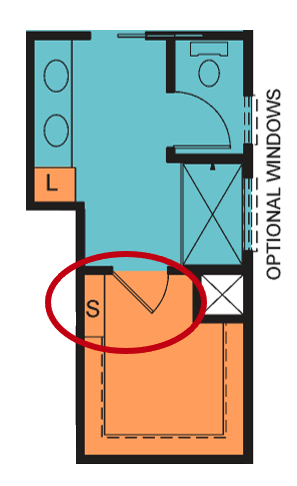
Top 5 Online Home Plan Problems and Solutions – Problem #1: The Quality of Home Plans Varies
Good design, immediate delivery, and low price are the bases for the popularity of online home plans (as well as those appearing in printed publications.) Still, such plans aren’t necessarily the best choice for everyone. Join us as we look at the top 5 problems and our solutions with these readily-available home plans.
Problem #1. The Quality of Home Plans Varies.
What’s included in a set of construction drawings differs widely. At a minimum, a set of plans should include all four exterior elevations and floor plans drawn to scale, the foundation plans, and the roof plan. There will also be general notes and design criteria as well as an explanation of the abbreviations and symbols appearing on the plan. Most plans will include wall sections and stair sections to further explain the construction of these areas. Are the plans engineered? Is the electrical, HVAC, and plumbing shown on the plans? Design Basics home plans are engineered, based on our local (Omaha, Nebraska) requirements. Additional engineering may be necessary for your home based on your local requirements. Home plans from Design Basics include the suggested electrical layout but do not include a suggested plumbing layout, as that is typically determined by the builder and plumbing contractor.
It’s natural to assume the accuracy of home plans, but this too differs. The level of the draftsperson’s education, training, and experience will vary, as do any review processes. Design Basics team averages more than 15 years each with the company, and our proven double-check review process greatly minimizes the likelihood of any errors.
The level of plan-related product availability varies, too. The house online has the garage on the left, but you need the plan “flipped” so that the garage is on the right. Is a right-reading reverse plan available? Sure, prints from the original design could be printed off “backward” showing the garage on the right, but all the lettering and numbers would read backward, too, leading to construction errors. What type of foundation (basement, crawl space, slab on grade) is included, and can you order a different one if needed? The plan was designed with 2x4-inch exterior wall framing – can you get it in 2x6-inch? Is an estimate of the materials needed available? Can you build the home more than once from the plans you receive? Most home plans from Design Basics offer those options. Most plans with a main floor bedroom and minimum 32-inch wide interior doors can also be ordered with no-step entries to welcome people of all abilities.
The bottom line: Online home plans are not all created equal. If you haven’t purchased home plans from that designer previously, it would be wise to contact them with such questions.
In our next post, we examine problem #2 – Will I be able to build a home from the plans I receive?
For more resources on thoughtful design and products:
- View other articles on our blog
- Browse our Her Home™ Magazine
- Thoughtful Design Concepts

